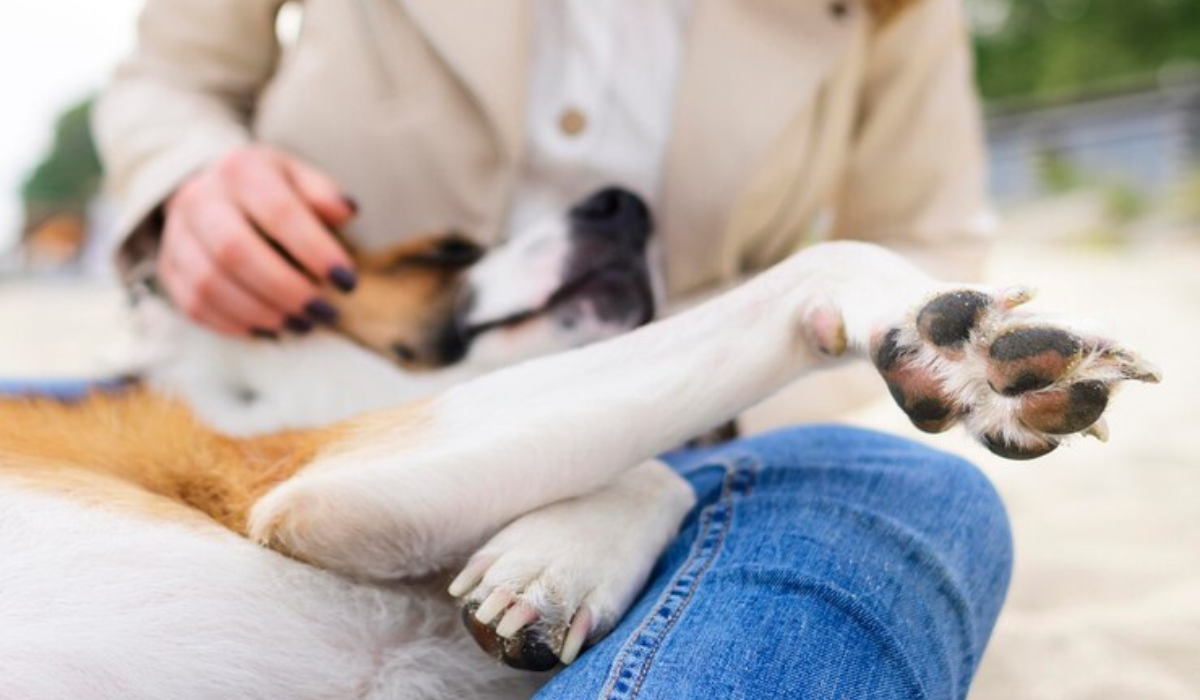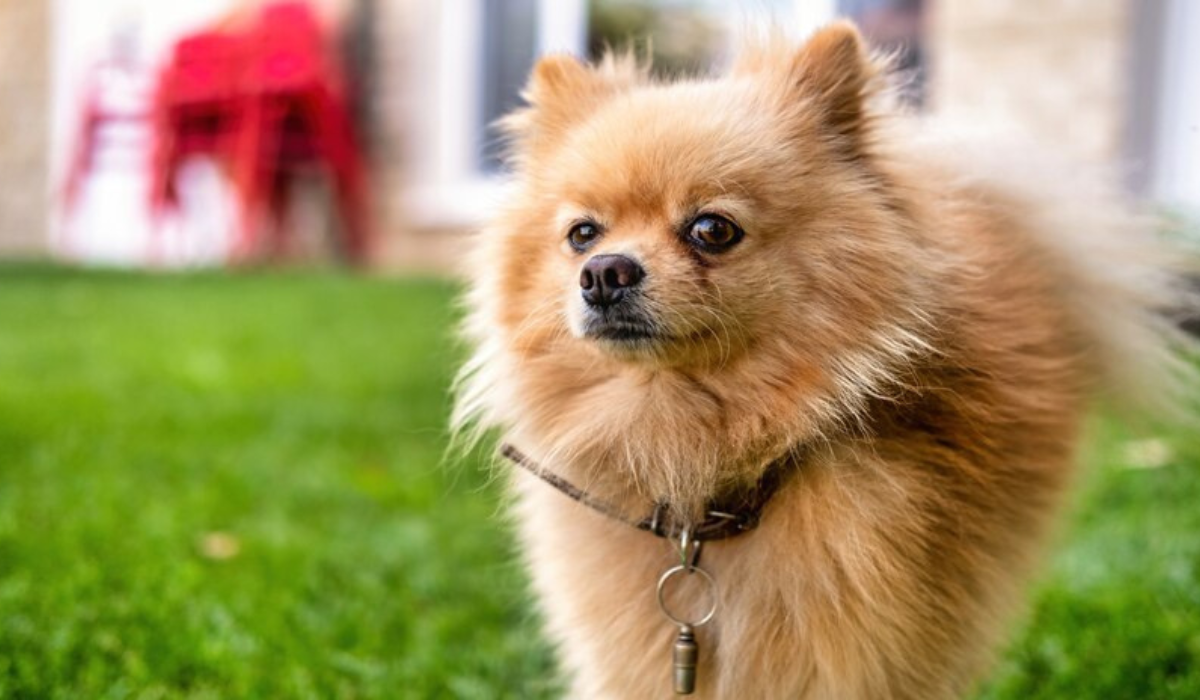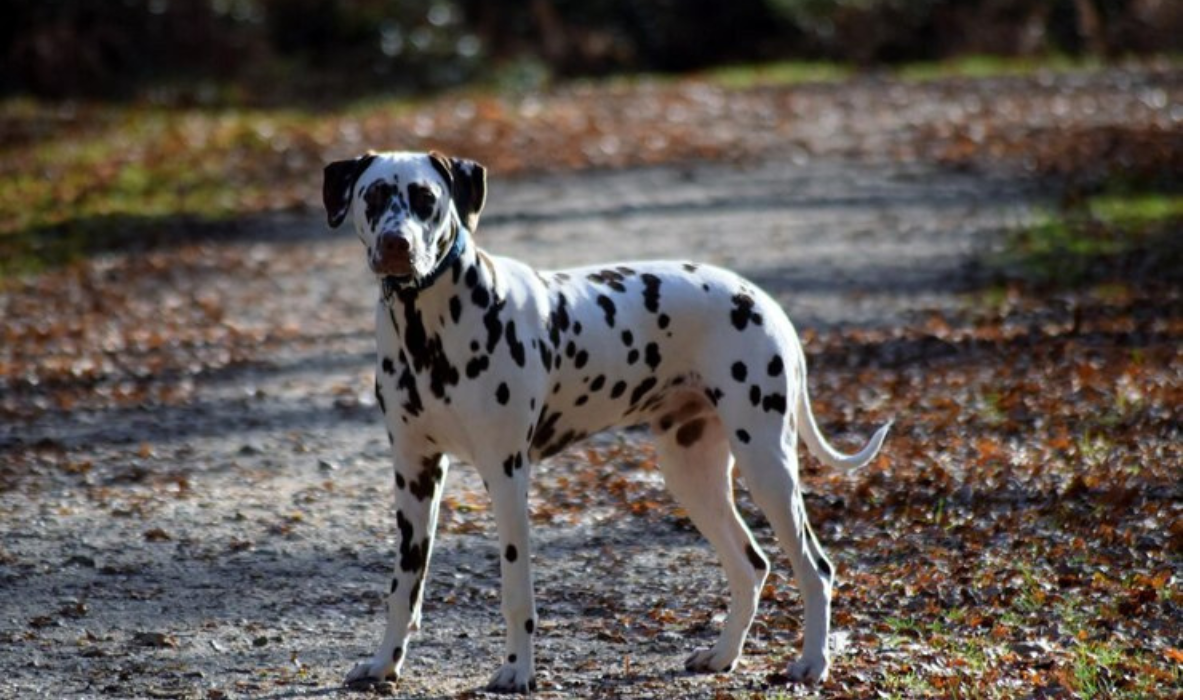In the world, Golden Retrievers are beloved for their friendly dispositions and gleaming coats. We will examine the Golden Retriever’s historical origins, key features, adaptability to weather changes, and a balanced analysis of the pros and cons associated with this iconic and versatile breed in this article.
Golden Retriever details:
An athletic and well-balanced dog, the Golden Retriever is a medium to large breed. An average male stands between 23 and 24 inches tall at the shoulder, and an average female stands between 22 and 23 inches tall. With a broad head, expressive eyes, and a dense, water-resistant coat that comes in various shades of gold, Golden Retrievers weigh between 55 and 75 pounds. Tail, chest, and leg feathering add to the breed’s distinctive and elegant appearance.
The history of:
The Golden Retriever’s history can be traced back to the Scottish Highlands in the late 19th century. Originally, the Yellow Retriever was crossed with the Tweed Water Spaniel, then Bloodhounds and Irish Setters were introduced. It was our goal to develop an efficient and versatile retriever that could be used for hunting. In 1925, the American Kennel Club (AKC) recognized the breed as an official breed after it arrived in North America.
Features include:
Known for their friendly and gentle temperament, Golden Retrievers are known for their friendly and gentle nature. Affectionate, intelligent, and eager to please, they are often described as affectionate and intelligent.
Working ability and intelligence: Golden Retrievers are excellent working dogs due to their intelligence and trainability. Search and rescue dogs, assistance dogs, and therapy dogs are all capable of excelling in these roles.
Adaptable Build: Golden Retrievers are capable of navigating a variety of terrains due to their adaptable build. As a result of their strong and athletic physiques, as well as their webbed feet, they make excellent swimmers.
Changes in weather and adaptability:
Due to their dense double coat, Golden Retrievers adapt well to a variety of climates. The importance of shade, hydration, and avoiding strenuous exercise during peak heat periods cannot be overstated in hot weather. Their thick coat provides insulation in colder weather, but particularly in extreme cold, they may need extra protection, like a doggy sweater.
The benefits of owning a Golden Retriever include:
-
A Golden Retriever is known for being friendly and social. Children, other pets, and strangers get along well with them, making them good family pets.
-
The breed is intelligent and trainable, making it versatile and adaptable to a wide range of activities, from obedience and agility to therapeutic work.
-
Working Dog: Golden Retrievers make excellent working dogs, whether they provide therapy, assist with search and rescue, or assist with disabilities.
-
Individuals and families with more relaxed lifestyles can also adopt Golden Retrievers.
The cons of owning a Golden Retriever include:
-
A thick double coat of this breed requires regular grooming to prevent mats and tangles. The importance of regular brushing, eye and dental care cannot be understated.
-
During seasonal changes, golden retrievers shed more heavily. Grooming regularly helps manage shedding.
-
It is recommended to exercise Golden Retrievers moderately to vigorously. In order to prevent boredom and behavioral problems, regular walks, playtime, and mental stimulation are crucial.
-
Health Issues: Golden Retrievers are generally healthy, but they are susceptible to hip dysplasia and heart conditions. It is essential to have regular veterinary checkups.
Ultimately, the Golden Retriever stands out as one of the most loyal and versatile dog companions. They continue to capture the hearts of individuals and families alike due to their friendly nature, intelligence, and adaptability. Regular grooming, exercise, and attention to their health needs ensure a harmonious and fulfilling relationship with this iconic breed.









